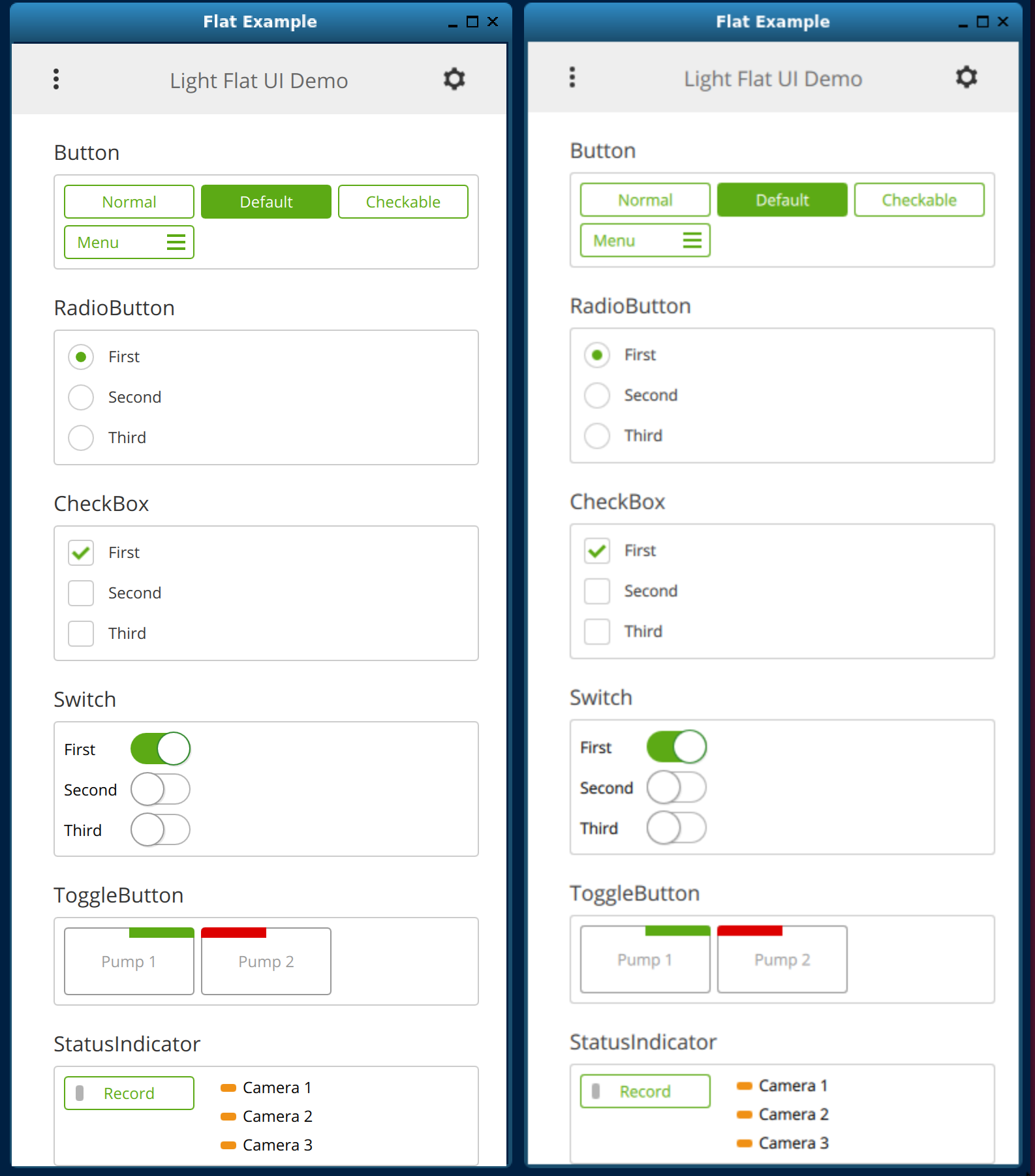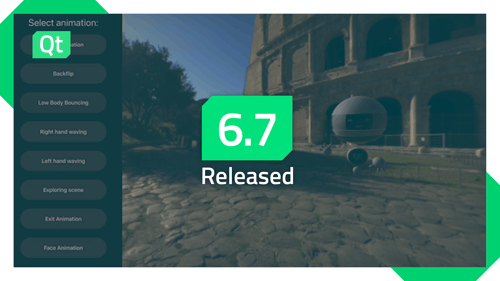Qt Weekly #24: High-dpi QtWayland
January 27, 2015 by Morten Johan Sørvig | Comments
Those of you following QtWayland development closely might have seen commit 7ef5e2e4 - Implement high-dpi support. In this blog we'll look at some examples and show how to test the support on high and normal dpi hardware.
Wayland
Wayland 1.2 added support for high-dpi scaling via
- wl_output::scale
- wl_surface::set_buffer_scale
wl_output::scale is used by the compositor to inform the client that it will scale buffers by the given scale factor (presumably because it is compositing to a high resolution display). The client then has the option of providing high resolution buffers and bypass the compositor scaling. This is done by calling set_buffer_scale (and then actually creating larger buffers). Typical values for the scale factor is 1 and 2; Wayland supports integer factors only. From he client point of view the buffer sizes are the only thing that changes with the scale factor, other wl_surface geometry is not multiplied by it.
Qt
Creating larger buffers and rendering high-dpi content is handled internally by Qt using the existing devicePixelRatio implementation. This implementation is also in use on OS X and iOS, and - via the QT_DEVICE_PIXEL_RATIO environment variable in Qt 5.4 - in experimental form on X11 and Windows. The details of this mode have been covered elsewhere; the main thing to be aware of as an app developer is that you need to provide high-resolution raster artwork, and that raw OpenGL are in device pixels and see the full display resolution.
Weston
Recent versions of the Weston compositor (I'm using 1.6.0) supports running in scaled mode:
./bin/weston --width=640 --height=480 --scale=2
We can then launch any Qt app, as usual:
./anyqtapp -platform wayland
 high-dpi and normal-dpi rendered Flat style demo - best viewed at full size
high-dpi and normal-dpi rendered Flat style demo - best viewed at full size
The screenshots illustrate the benefits of the devicePixelRatio scaling mode: The application is automatically rendered at a higher resolution; no modifications to app code is needed. In cases where high-resolution content is not available there is a graceful degradation to low-resolution content, without breaking layouts or by displaying "small" user interface elements.
High-dpi support is currently implemented in the "dev" branch of QtWayland and are on track to be released with Qt 5.5.
Blog Topics:
Comments
Subscribe to our newsletter
Subscribe Newsletter
Try Qt 6.7 Now!
Download the latest release here: www.qt.io/download.
Qt 6.7 focuses on the expansion of supported platforms and industry standards. This makes code written with Qt more sustainable and brings more value in Qt as a long-term investment.
We're Hiring
Check out all our open positions here and follow us on Instagram to see what it's like to be #QtPeople.


